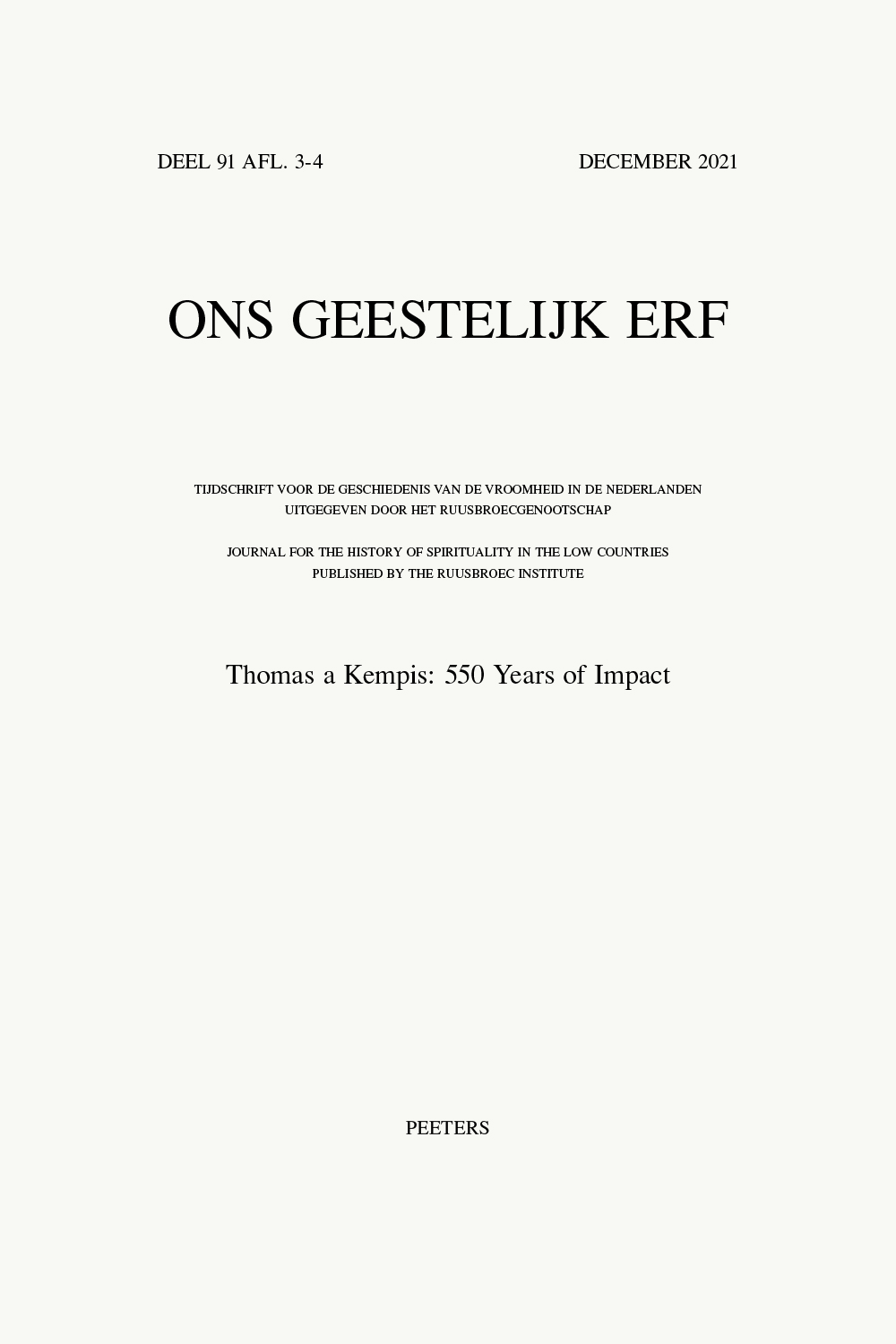 previous article in this issue previous article in this issue | next article in this issue  |

|
Document Details : Title: Een klein obituarium, een gebed voor een dode en een Willibrord-sequens uit de Utrechtse abdij Oostbroek Subtitle: Studie en editie van een tekst- en muziekfragment uit de late twaalfde eeuw Author(s): VAN MOOLENBROEK, Jaap , HASCHER-BURGER, Ulrike Journal: Ons Geestelijk Erf Volume: 78 Issue: 3-4 Date: December 2004 Pages: 292-328 DOI: 10.2143/OGE.78.3.2028810 Abstract : This contribution concerns a study and new edition of a source that was written around 1200 in the ancient diocese of Utrecht and contains interesting necrological and musical information. The document (Het Utrechts Archief, Rijsenburg Collection, 396) comes from St Laurence abbey near the city of Utrecht, a Benedictine house that was founded around 1122 (initially a double monastery, since 1139 a men’s monastery) and is better known as Oostbroek Abbey. The document, of which only a strip of parchment (210 × 69 mm) remains, is written on both sides. The folio may have originally formed part of the chapter book of Oostbroek. The recto side contains a small obituary. In the sequence of the calendar nineteen names are mentioned, preceded by some general provisions about the vigils of the office of the dead and the funding of a caritas for the monks in the refectory. It is presumably the oldest list of names of deceased persons whose anniversaries were to be liturgically commemorated in the diocese of Utrecht that has been handed down in its original form. The verso side contains an oration for a deceased brother of Oostbroek, the text of which is reconstructed here, as well as the first eight lines of the Willibrord sequence Sit tibi laus. Insofar as known this chant survives in only one other manuscript (Graduale of Echternach; Paris, Bibliothèque Nationale, fonds latin 10510, fol. 71r-72r), which is complete but with neumes without lines so that the melody cannot be retrieved. In the Oostbroek fragment, however, this is the case so that a gap can be partly filled here. The musical notation shows characteristics of a Lorraine-oriented notation which, in the Low Countries, is otherwise only known from the southern part of the Netherlands. The fragment casts light on the development of the liturgical memoria in the diocese of Utrecht in the twelfth century. It testifies to the fact that, in these regions too, the perpetual commemoration of a select group of deceased persons was gaining in importance. In addition, it contains unique musical information on the hitherto unknown melody of the Willibrord sequence Sit tibi laus. |
|
